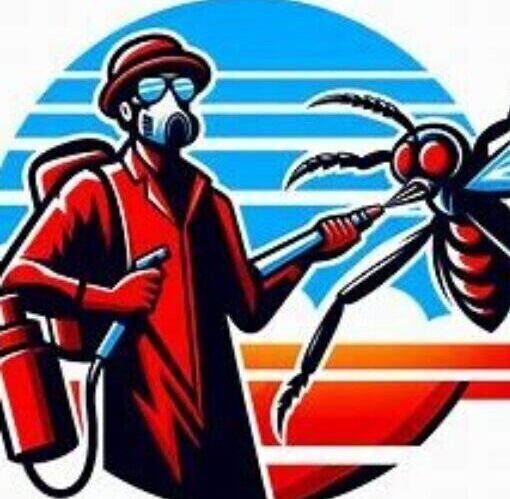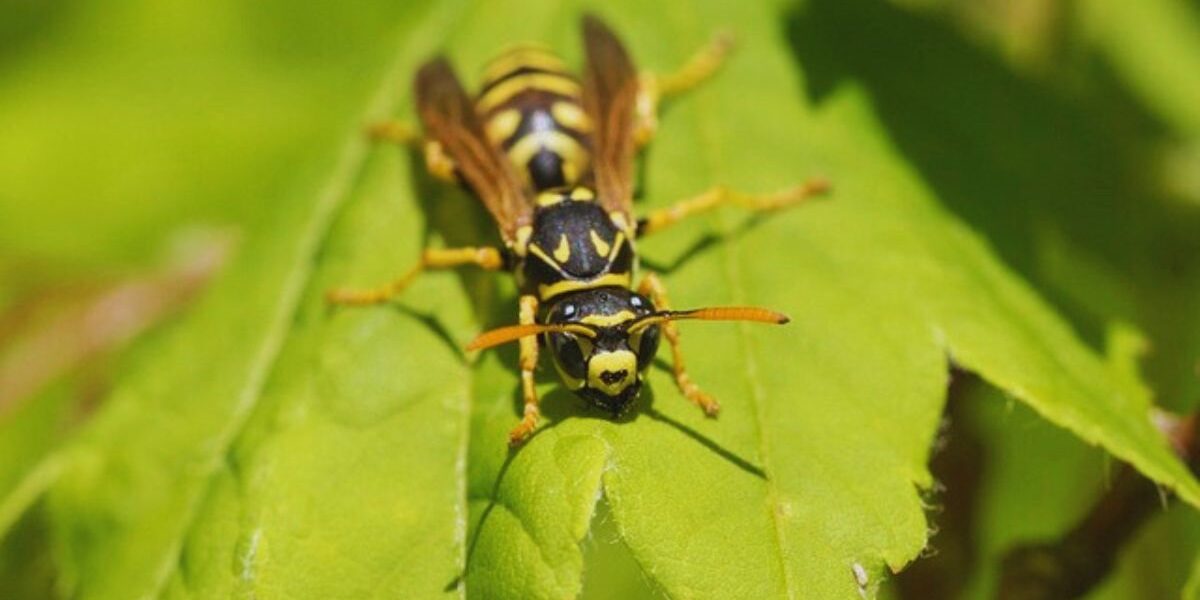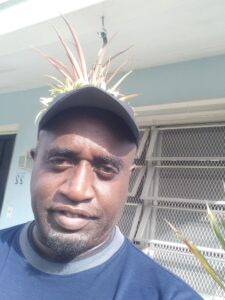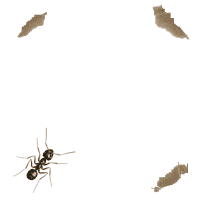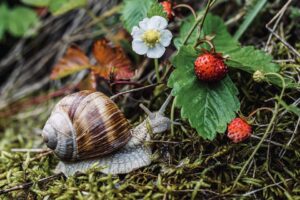Yellow Jacket Removal

Yellow jackets are socially predatory wasps that are considered pollinators or beneficial insects feeding on sugary substances, flies, beetle grubs, and other harmful pests. Yellow jackets are also known to be scavengers consuming fish and other meats. They can become a nuisance near picnics and garbage storage areas, yellow jackets build and live in large (nest) colonies in hollow logs, under eves, underground, between walls, tree stumps, recycling bins where sugars are common, and attics.
Worldwide there are about 50 recognized species of yellow jackets of this number 17 are native to Canada. Yellow jackets are black and yellow however some may exhibit white and black coloration. Compared to bees yellow jackets possess a thinner waist than bees with defined wings. Their elongated wings are as long as their body and fold laterally when resting.
Do Yellow Jackets Sting
Yellow Jackets are not only social insects but are very territorial, if disturbed a colony can get very aggressive and will sting multiple times when provoked. Their sting can become severely painful with a burning sensation that can last from 1 to 2 hours. Normal swelling from venom can increase for 48 hours after the sting. The redness will last for about 3 days. The swelling will last 7 days at most, although homemade remedies are recommended, because of allergic reactions in some persons it’s best to seek medical attention immediately.
Yellow Jacket Life Cycle
The life cycle of yellow jackets begins during the winter season, this is the time of the year when the fertilized female yellow jacket goes into hibernation. Hibernation or the cover area for the female yellow jackets are manmade structures or tree stumps, and hollow logs.
The female will emerge during the warmer season of late April or early May followed by choosing a nesting site and then constructing a small paper nest to lay her eggs. In about 3 weeks the eggs hatch from 30 to 50 brood cells. The queen takes care of the larvae by feeding them for about 18 to 20 days, the diet consists of insects, fish, and scavenged meat. The larvae pupate and emerge later as small infertile females called workers.
Once mature these first offspring infertile female workers expand the nest, care for the queen and her young, and search for food. Once the first generation reaches adulthood, the yellow jacket queen stays inside the nest laying eggs for the remainder of the summer months.
A Large colony may contain up to 5,000 workers. During the fall months, cells contain larvae, once the larvae reach maturity the males and females will leave their colonies to mate. Once the mating ritual is completed the males die and the fertilized females go in search of hibernation locations. Worker wasps die during the winter, leaving the hibernating queen to begin the cycle when spring arrives. Nests that may last during winter if built in sheltered areas will no longer be occupied.
Note: It is best to consider calling first a professional company to do the job for you.
What Encourages the Presence of Yellow Jackets
The presence of yellow jackets is a clear indication that there are one or more sources outdoors or in your yard that are attracting them, but to deter yellow jackets or at least to reduce their presence here is what you should do.
- Clean up your garbage storage area and ensure that each container has a tightly-fitted lid
- Don’t allow overgrowth of plants because yellow jackets and other insect pests will use these conditions as shelter
- Keep food and drink covered when outdoors
- Remove any container outdoors that collects rainwater that yellow jackets use as a water source
- Keep your yard and garden clean of fallen leaves, and debris, and remove tree stumps and hollow logs
- Avoid leaving leftover foods outdoors including pet foods which will encourage rodents and other insect pests
How to Control Yellow Jackets Naturally
Before switching to chemicals here is what you may try to help to lessen the presence of yellow jackets. These listed plants can offer some help with their amazing flavors and flower bloom in your garden area and will attract beneficial insects but yellow jackets hate the aroma of these plants.

- Thyme
- Wintergreen
- Peppermint
- Geranium
- Sage
- Eucalyptus
- Spearmint
- Rosemary
- Pennyroyal
- Marigold
- Geranium
- Wormwood
- Basil
- Roman chamomile
- Lavender
- Citronella
Insecticides that Control Yellow Jackets
Because yellow jackets like wasps and bees build their nest on man-made structures it’s best to treat these areas to deter yellow jackets or to control them by hiring a pest control company to bring down established nesting sites.
Exclusion is so important seal openings in the building structure with copper mesh and caulk, for outdoor openings, voids, cracks, and crevices apply D-Fence Dust, to apply dust effectively requires a handheld duster with a long sprout that is narrow, fill the handheld duster half of the way wit D-Fence Dust leaving sufficient room for air circulation. Now release the dust by squeezing the duster into areas that are to be treated. This dust will create a barrier that will stop pests for up to 8 months.
To deter yellow jackets from settling on your property apply or treat the exterior with a residual insecticide for example Tempo SC, or Suspend. treat cracks, crevices, and holes in walls. Another product that has proven to be effective is Sylo, Sylo is a residual insecticide and emulsifiable concentrate that will last up to 90 days. When applying this insecticide mix in a handheld tank sprayer according to the manufacturer’s directions, Apply the solution as a barrier around your home going 3 feet up the structure and 3 feet out, spray under eves, around windows, and door frames, and treat under patio roofing. This spray application will keep insects away that yellow jackets use as a food source which will discourage the presence of yellow jackets. Sylo should be applied quarterly.
Additional information
- Wear proper clothing before applying insecticides, eyewear, or googles, a safety mask such as a respirator, long clothing, and chemical resistance gloves
- Before applying any insecticides read and follow the manufacturer’s directions on the label for the best results
- Once the area has been treated keep kids and pets away from the treated areas until the insecticides dry
Conclusion
Treating yellow jackets can become an issue depending on the colony or the nesting site, and because their sting can cause medical conditions it’s best to call in a pest control company that will do the job for you. The yellow jacket population can be controlled by following this guide.
